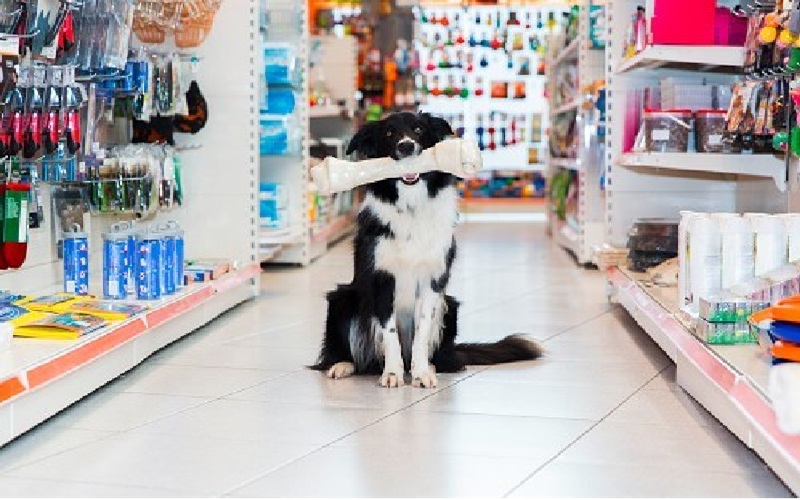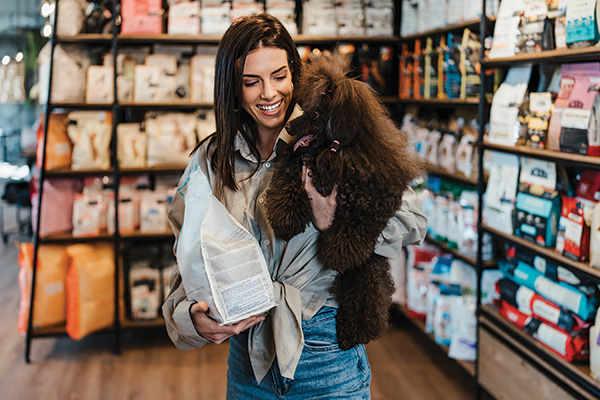The pet industry is booming, with pet owners spending billions of dollars annually on their furry companions. To effectively capture this lucrative market, businesses must understand and target pet owners strategically. In this article, we’ll explore the key demographics, behaviors, and preferences of pet owners, providing actionable insights to help businesses tailor their marketing efforts. 🐾💼

1. Understanding Pet Owner Demographics
Pet ownership spans various demographics, but certain trends can help businesses identify their target market. According to recent studies, Millennials and Baby Boomers are the largest groups of pet owners. Millennials often view pets as family members and are willing to spend on premium products, while Baby Boomers focus on health and wellness for their pets. Understanding these generational differences can help businesses tailor their marketing messages effectively. 📊🎯
2. Key Behaviors and Spending Habits
Pet owners are known for their loyalty to brands that meet their pets’ needs. They prioritize quality and are willing to pay more for premium products, such as organic pet food, high-end toys, and advanced healthcare services. Additionally, pet owners frequently shop online, making e-commerce a crucial channel for reaching this market. Businesses should focus on building trust and demonstrating value to capture the loyalty of pet owners. 🛒💎

3. Targeting Pet Owners Through Digital Marketing
Digital marketing is essential for reaching pet owners, who often turn to the internet for information and shopping. Social media platforms like Instagram and Facebook are popular among pet owners for sharing and discovering pet-related content. Influencer marketing, where businesses collaborate with pet influencers, can also be highly effective. Creating engaging content, running targeted ads, and leveraging social proof can help businesses connect with pet owners online. 📱🐕
4. Personalization and Customer Experience
Personalization is key to resonating with pet owners. Using data analytics, businesses can understand individual preferences and tailor their offerings accordingly. For example, personalized product recommendations based on a pet’s breed, age, and health condition can enhance customer satisfaction. Additionally, providing exceptional customer service, such as easy returns and responsive support, can strengthen the bond between brands and pet owners. 🐾🛍️
5. Community Engagement and Loyalty Programs
Building a community around your brand can foster loyalty among pet owners. Hosting events, such as pet adoption drives or pet-friendly gatherings, can create a sense of belonging. Loyalty programs that offer rewards for repeat purchases can also incentivize long-term customer engagement. By creating a supportive community and rewarding loyalty, businesses can establish lasting relationships with pet owners. 🎉🏅

Conclusion
The pet owner market presents a significant opportunity for businesses across various industries. By understanding the demographics, behaviors, and preferences of pet owners, businesses can develop targeted marketing strategies that resonate with this passionate and loyal audience. Leveraging digital marketing, personalization, and community engagement can help businesses effectively reach and capture the pet owner market. 🐶📈
In summary, businesses that invest in understanding and targeting pet owners will be well-positioned to thrive in this growing market. By prioritizing quality, engaging digitally, and building strong customer relationships, businesses can unlock the full potential of the pet owner market. 🐾💡
